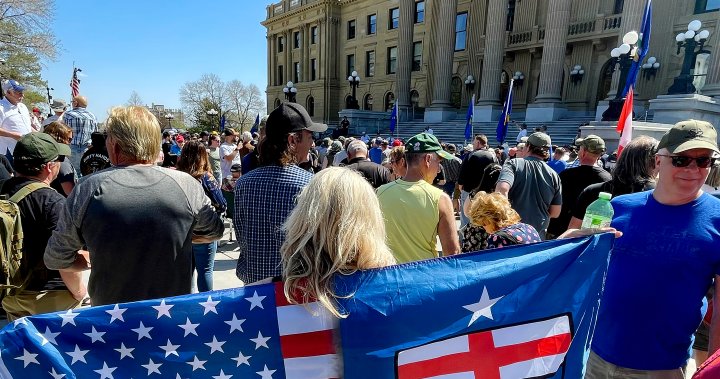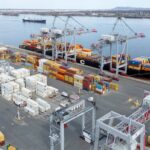The political landscape in Alberta shifted dramatically this week as Premier Danielle Smith’s government introduced new legislation that would make it easier for the province to hold referendums on sovereignty and independence issues. The Referendum Amendment Act, unveiled Wednesday, has ignited fierce debate across the province and reignited discussions about western alienation that have simmered beneath Canada’s political surface for decades.
“Albertans deserve to have their voices heard on matters that directly impact their future,” Premier Smith stated during the announcement at the legislature in Edmonton. “This legislation ensures that democratic processes are accessible when critical questions about our relationship with Ottawa arise.”
The new law would lower the threshold for citizen-initiated referendums from the current requirement of 40 percent of eligible voters to a more attainable 20 percent. This significant reduction means approximately 700,000 signatures would be needed to trigger a province-wide vote on Alberta’s place in confederation – a number that remains substantial but is viewed by many political analysts as achievable under the right conditions.
Critics, including Opposition Leader Rachel Notley, have condemned the move as “dangerous political theater” that distracts from pressing economic issues. “At a time when Albertans are concerned about healthcare, education, and affordability, the premier is reopening old wounds and stoking division,” Notley remarked during question period.
The legislation emerges against a backdrop of historical tension between Alberta and the federal government. Since the introduction of Pierre Trudeau’s National Energy Program in the 1980s, periodic surges in western alienation sentiment have manifested in various separatist movements, from the Reform Party to the more recent Wexit movement that gained momentum following the 2019 federal election.
Political scientist Dr. Roger Gibbins from the University of Calgary notes that while full independence remains unlikely, the referendum law could significantly alter federal-provincial dynamics. “This isn’t necessarily about Alberta actually separating,” he explained in an interview. “It’s about leverage. The mere threat of a referendum strengthens Alberta’s position in negotiations with Ottawa on everything from equalization to energy policy.”
The economic implications of the legislation remain hotly debated. The Business Council of Alberta expressed concern about potential market uncertainty, with CEO Adam Legge warning that “constitutional instability, even theoretical, can affect investment decisions and economic growth.” However, pro-sovereignty groups like the Alberta Sovereignty Association have praised the move as “long overdue recognition of Alberta’s unique economic contributions to confederation.”
Recent polling suggests Albertans remain divided on sovereignty questions. A survey conducted by Janet Brown Opinion Research in March found approximately 28 percent of Albertans would support independence under certain conditions, while 58 percent opposed separation regardless of circumstances. These numbers reflect the complex relationship many Albertans have with national identity and federal politics.
Indigenous leaders have also entered the conversation, with Treaty 6 Grand Chief Cody Thomas emphasizing that “any conversation about Alberta’s constitutional status must include meaningful consultation with First Nations, whose treaty relationships are with the Crown, not provincial governments.”
The federal government’s response has been measured, with Intergovernmental Affairs Minister Dominic LeBlanc stating that Ottawa remains “committed to cooperative federalism” while expressing concern about “divisive rhetoric that undermines national unity.”
As debate continues over the weeks ahead, the fundamental question remains: does this legislation represent a genuine shift toward potential separation, or is it primarily a tactical move to strengthen Alberta’s position within confederation? In a province where oil wealth, western identity, and federal tensions have long shaped political discourse, the answer may lie somewhere in between these possibilities.
What remains to be seen is whether this latest chapter in Alberta’s complicated relationship with Ottawa will ultimately bring meaningful change to federal-provincial dynamics, or simply add another layer to the ongoing narrative of western alienation that has defined generations of Canadian politics?











